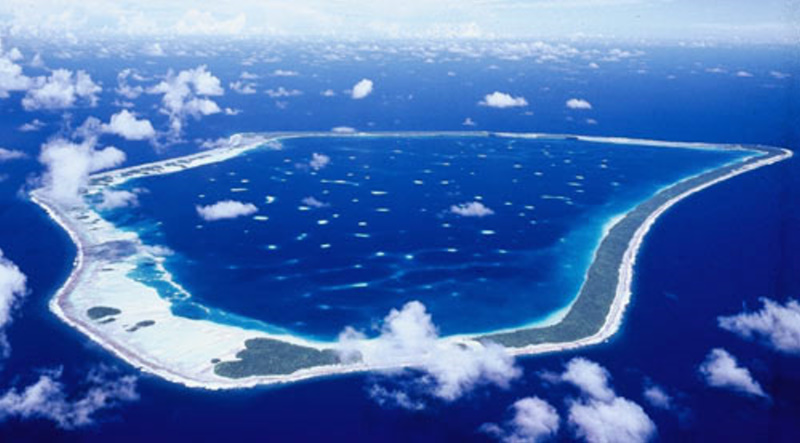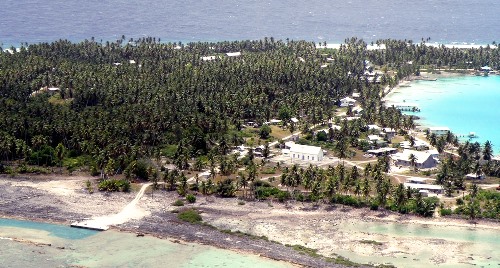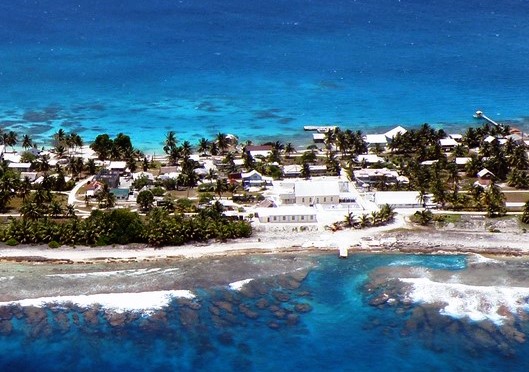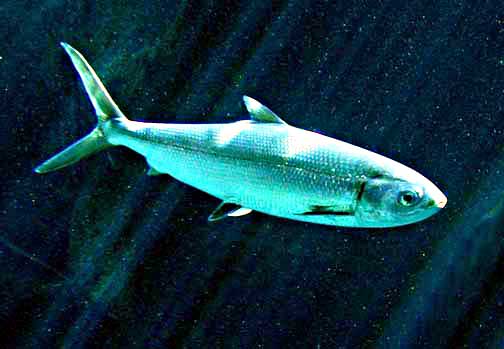GETTING THERE
Air Rarotonga operate flights on a Thursday from the capital island. It takes nearly three and a half hours to reach Manihiki, and you need to dig deep to pay the fare and be prepared to stay a while as flights are fortnightly. A standard return from Rarotonga costs around NZ$3,200. There are also inter-island flights from Manihiki to Penrhyn and to Pukapuka. Check the airline's website for details if you are thinking of visiting more than one island. And be aware that flights to these remote northern group islands can sometimes be cancelled at short notice. The coral airstrip is also in disrepair. The New Zealand government has pledged money to upgrade it but the plans are caught up in a land dispute
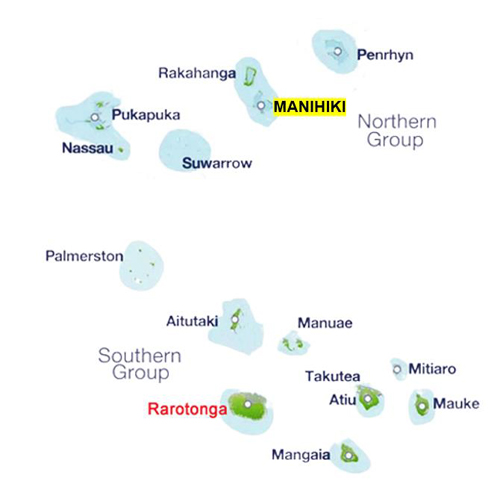
WHAT TO EXPECT
Tourism is under-developed and as such accommodation is scarce. But in the words of a Cook Islands journalist who visited: "For travellers looking for isolation and beauty, Manihiki should rank at the top of any travel bucket list"
There are plans to seal the crushed coral airstrip to allow larger planes to land and hopefully reduce the cost of getting to the island. There's talk too of turning underused kaoa (pearl farm installations) into mini holiday home escapes which would provide a unique travel experience.
